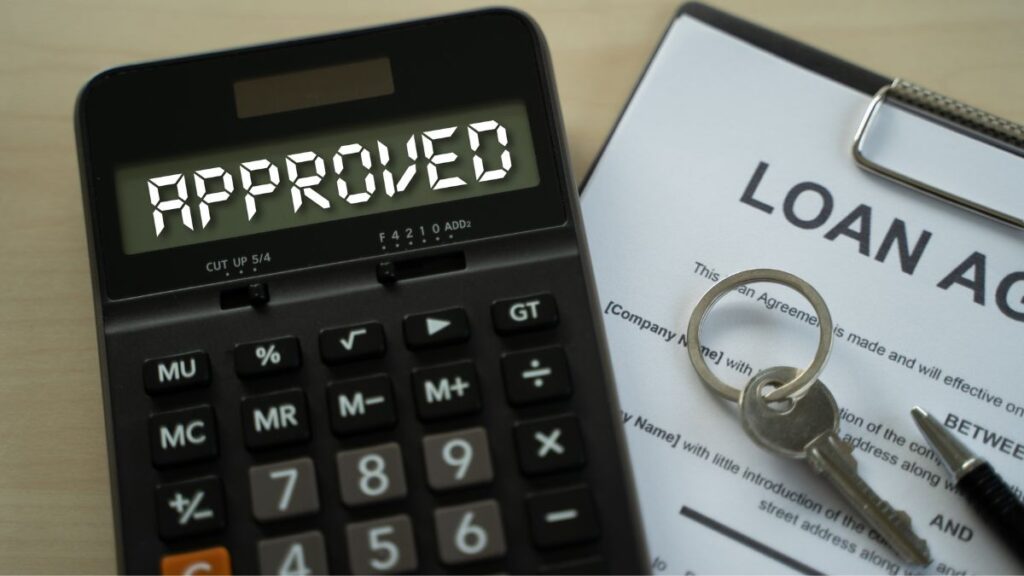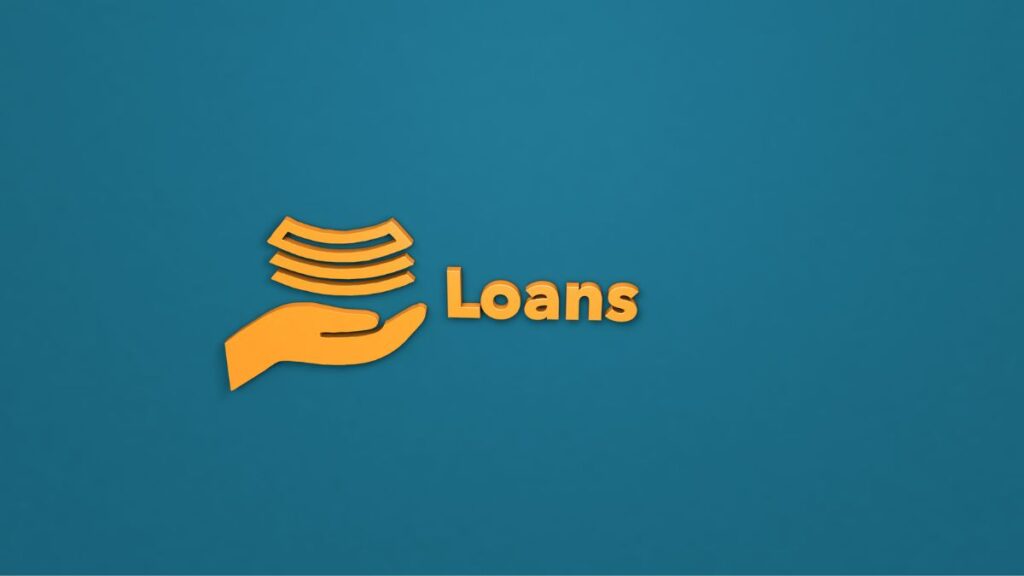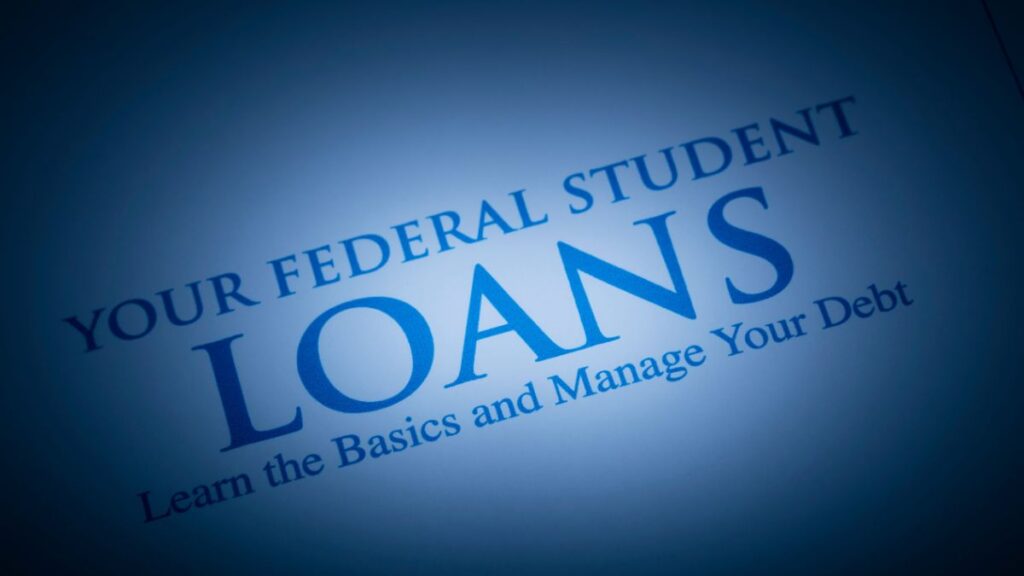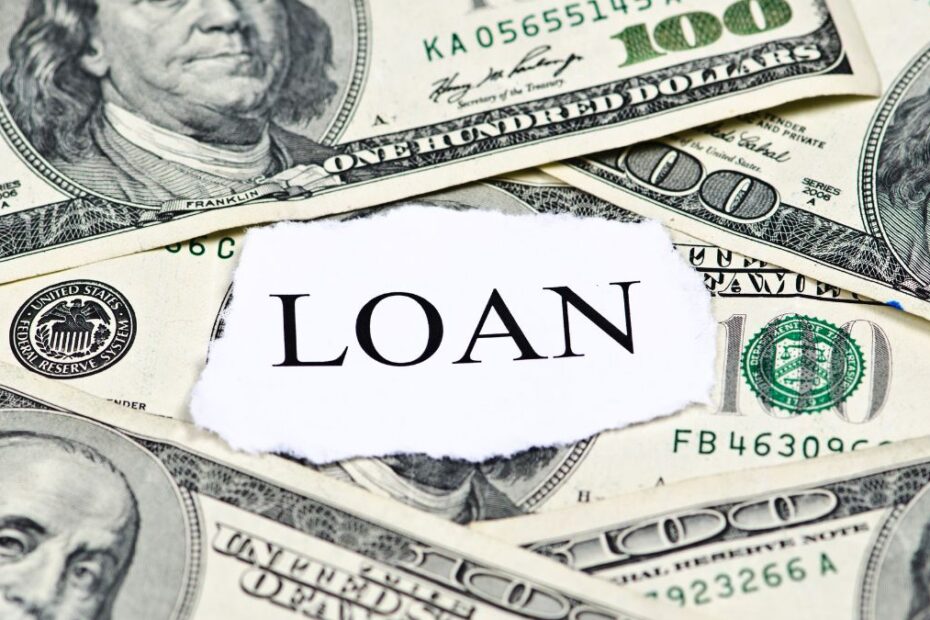Evergreen loans are a unique financial product that offers flexibility and continuous access to funds, making them particularly appealing for businesses and individuals alike. These loans are structured to allow borrowers to access funds repeatedly without having to reapply for new loans after repayment. In this guide, we will delve deep into what evergreen loans are, how they work, their benefits and drawbacks, and much more. By the end of this article, you’ll have a comprehensive understanding of evergreen loans and how they can be used effectively.

1. What Are Evergreen Loans?
Evergreen loans, also known as revolving loans, are a type of credit facility that provides continuous access to funds up to a certain limit. Unlike term loans, where borrowers receive a lump sum and repay it over a set period, evergreen loans allow borrowers to borrow, repay, and borrow again without needing to reapply each time. This loan structure is akin to how a credit card works, where you can use available credit, repay it, and use it again as long as you remain within your credit limit.
Evergreen loans are primarily used by businesses for working capital needs or by individuals for ongoing financial obligations. They provide a high level of liquidity and flexibility, allowing borrowers to manage cash flow and unexpected expenses more efficiently.
2. How Do Evergreen Loans Work?
The fundamental concept behind evergreen loan is continuous access to credit. A borrower is approved for a specific credit limit, and as long as they remain within that limit and meet repayment obligations, they can continuously access funds. Interest is typically charged only on the amount borrowed, not the full credit limit.
For example, if a business is approved for an evergreen loan with a $100,000 limit and they borrow $50,000, they will only pay interest on the $50,000. If they repay $20,000, their available credit goes back up, allowing them to borrow again as needed, up to their $100,000 limit.
3. Types of Evergreen Loans
There are several types of evergreen loan, each tailored to specific needs. These include:
- Business Lines of Credit: A popular form of evergreen loan for businesses that need flexibility in managing cash flow, purchasing inventory, or handling day-to-day operations.
- Personal Lines of Credit: Individuals can use these to cover ongoing expenses or large purchases without needing to reapply for new loans.
- Credit Cards: Essentially a form of evergreen loan, where individuals or businesses have a set credit limit and can borrow, repay, and borrow again.
- Home Equity Lines of Credit (HELOCs): These are secured evergreen loan backed by the equity in a borrower’s home, allowing for continuous borrowing against the home’s value.

4. Eligibility Criteria for Evergreen Loans
To qualify for an evergreen loan, lenders typically evaluate several factors, including:
- Credit Score: A strong credit score increases the likelihood of approval and can result in more favorable terms.
- Income: Borrowers must demonstrate the ability to repay the loan, so lenders often assess both personal and business income.
- Collateral: Some evergreen loan, such as HELOCs, require collateral. For unsecured evergreen loan, collateral is not necessary.
- Debt-to-Income Ratio: Lenders will review how much debt a borrower is carrying relative to their income to ensure they are not overleveraged.
5. Advantages of Evergreen Loans
Evergreen loans offer several advantages that make them attractive to both businesses and individuals. Some of the key benefits include:
- Flexibility: Borrowers can access funds as needed without the hassle of reapplying for new loans each time.
- Continuous Access to Credit: As long as the borrower remains within their credit limit and makes timely payments, they can continuously draw on the loan.
- Pay Interest Only on What’s Borrowed: Interest is charged only on the amount borrowed, not the total credit limit, making it a cost-effective solution for managing cash flow.
- Helps Manage Cash Flow: For businesses, an evergreen loan provides a way to manage seasonal fluctuations in revenue or unexpected expenses without disrupting operations.
6. Drawbacks of Evergreen Loans
While evergreen loan offer many benefits, they also come with some drawbacks that borrowers should consider:
- Higher Interest Rates: Evergreen loan, especially unsecured ones, can have higher interest rates compared to traditional term loans due to the flexibility and continuous access to credit.
- Risk of Overborrowing: The revolving nature of the loan can lead some borrowers to overextend themselves financially, borrowing more than they can comfortably repay.
- Potential for Long-Term Debt: Since there is no set repayment schedule, borrowers may find themselves perpetually in debt if they do not manage their spending and repayments responsibly.
7. Interest Rates and Fees
The interest rates for evergreen loan can vary depending on factors such as the type of loan, the borrower’s creditworthiness, and whether the loan is secured or unsecured. Generally, secured evergreen loan, like HELOCs, tend to have lower interest rates than unsecured loans.
In addition to interest rates, borrowers should be aware of fees that may be associated with evergreen loan, including:
- Annual or Monthly Maintenance Fees: Some lenders charge ongoing fees for maintaining the line of credit.
- Draw Fees: A fee may be applied each time the borrower draws from the loan.
- Early Repayment Fees: While not common, some lenders may impose fees for repaying the loan too quickly.

8. Evergreen Loans vs. Term Loans
Understanding the differences between evergreen loan and term loans is crucial for choosing the right financing option. Term loans provide a lump sum that must be repaid over a fixed period, while evergreen loan allow continuous borrowing and repayment.
- Term Loans: Best for one-time large expenses, such as purchasing equipment or real estate.
- Evergreen Loans: Ideal for ongoing expenses and working capital needs, providing flexibility and liquidity.
9. Evergreen Loans in Business Finance
In the business world, evergreen loan are commonly used to manage short-term working capital needs. For example, a business may use an evergreen loan to cover payroll during a slow season, knowing they can repay it once revenue picks up. This flexibility helps businesses maintain smooth operations without cash flow disruptions.
Evergreen loans also allow businesses to take advantage of opportunities that arise, such as purchasing inventory at a discount or investing in new projects, without needing to secure a new loan.
10. Managing an Evergreen Loan
Effective management of an evergreen loan is essential to avoid falling into a cycle of debt. Here are a few tips for managing an evergreen loan responsibly:
- Track Borrowing and Repayment: Keep a close eye on how much is being borrowed and how much is being repaid to avoid overborrowing.
- Set a Repayment Schedule: Even though there’s no fixed repayment period, setting a personal or business repayment plan can help prevent long-term debt.
- Use Credit Wisely: Only borrow what’s necessary, and avoid using the loan for discretionary or non-essential expenses.
11. Who Should Consider an Evergreen Loan?
Evergreen loans are an excellent option for businesses and individuals who need continuous access to funds but want to avoid the hassle of reapplying for new loans. They are particularly beneficial for:
- Small Business Owners: Managing working capital, inventory purchases, and seasonal expenses.
- Homeowners: Using a HELOC for home improvements or other large expenses.
- Individuals: Covering ongoing expenses or emergency financial needs without the need for multiple loan applications.
12. Conclusion
Evergreen loans offer a versatile financial solution for businesses and individuals who require ongoing access to funds. Their flexibility, continuous credit availability, and interest-on-use structure make them an appealing choice for managing cash flow and covering unexpected expenses. However, borrowers must manage these loans responsibly to avoid falling into a cycle of debt. By understanding how evergreen loans work and their potential benefits and drawbacks, you can make informed decisions about whether this type of loan is the right choice for your financial needs.

FAQs
Q1: What is the primary difference between evergreen loans and term loans?
Evergreen loans offer continuous access to credit up to a limit, allowing you to borrow, repay, and borrow again. Term loans, on the other hand, provide a one-time lump sum that must be repaid over a fixed period.
Q2: Do evergreen loans have fixed interest rates?
Not always. Interest rates for evergreen loan can vary based on the type of loan, creditworthiness, and whether the loan is secured or unsecured.
Q3: Can individuals apply for evergreen loans?
Yes, individuals can apply for evergreen loans in the form of personal lines of credit, credit cards, or HELOCs.
Q4: How do businesses use evergreen loans?
Businesses often use evergreen loan to manage cash flow, cover payroll during slow periods, or take advantage of investment opportunities.
Q5: What are the risks of evergreen loans?
The risks include higher interest rates, the potential for overborrowing, and the danger of remaining in long-term debt if the loan is not managed properly.
Q6: Are evergreen loans secured or unsecured?
Evergreen loans can be either secured (e.g., HELOCs) or unsecured (e.g., personal lines of credit).
Q7: Is there a repayment schedule for evergreen loans?
There is no fixed repayment schedule, but borrowers are expected to make regular payments to remain in good standing.
Q8: Can evergreen loans help build credit?
Yes, responsible use of an evergreen loan and timely repayments can help build your credit score.
Q9: What fees are associated with evergreen loans?
Fees can include annual maintenance fees, draw fees, and, in some cases, early repayment fees.
